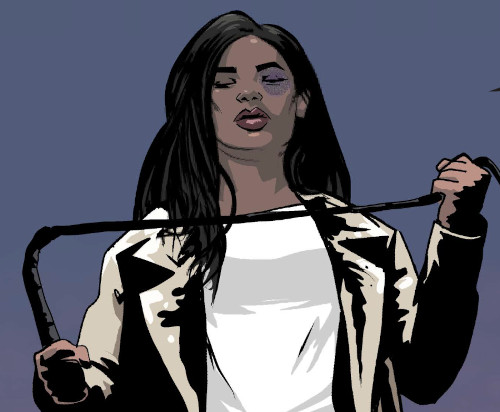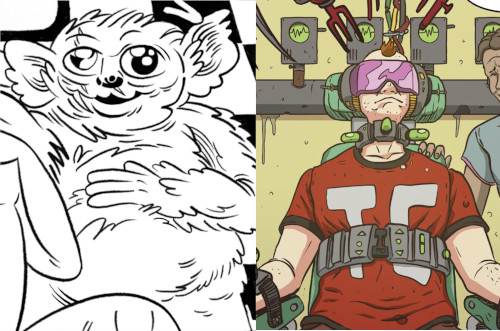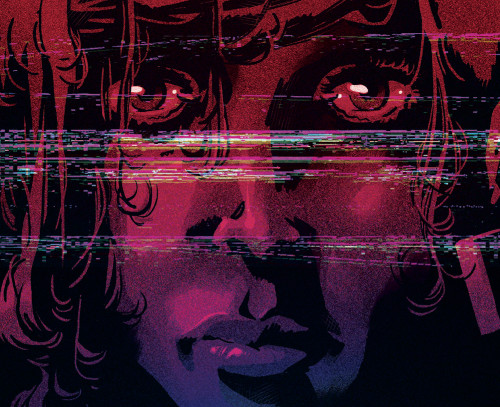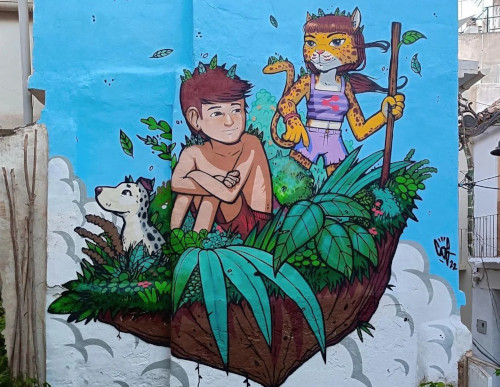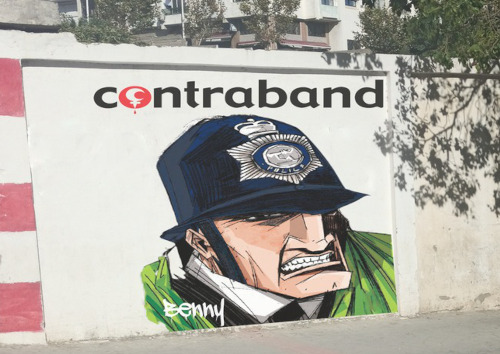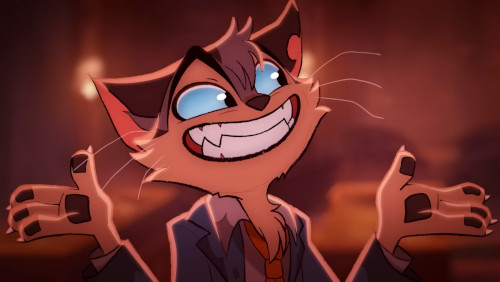
Back in 2009, Tim talked with web cartoonist Tracy Butler about her beautiful, sepia-toned 1920s-with-cats strip Lackadaisy, and whether she’d ever quit her day job to focus on the strip. Since then, she has gone full-time on the comic, and recently embraced her first love, animation! The Lackadaisy 27-minute animated “pilot” has attracted a lot of attention the past few weeks, and the quality of the production had Tim thinking, “How was this even possible??” So this week, Tracy returns to the podcast to talk about the pilot, the now-full-color strip, and what the future of the title might be.
Watch a video clip from this interview
Brought to you by:
Podcast: Play in new window | Download

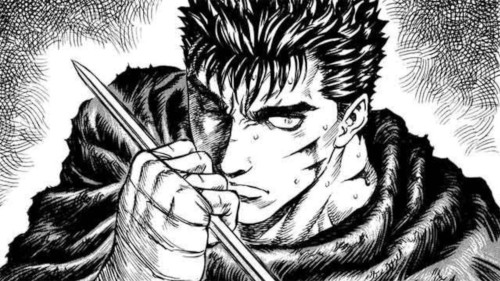 Berserk abruptly ended when creator Kentaro Miura died two years ago, later resurrected by Miura’s assistants and his friend Kouji Mori. Neither Tim nor Kumar had read this violent, complex manga, but it lingered on our to-do list the past two years until a
Berserk abruptly ended when creator Kentaro Miura died two years ago, later resurrected by Miura’s assistants and his friend Kouji Mori. Neither Tim nor Kumar had read this violent, complex manga, but it lingered on our to-do list the past two years until a 

